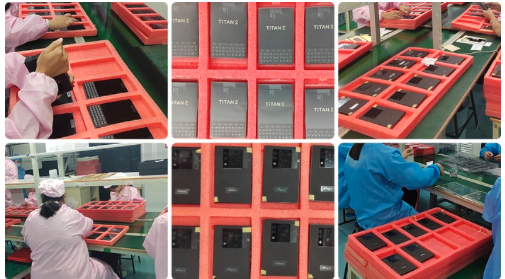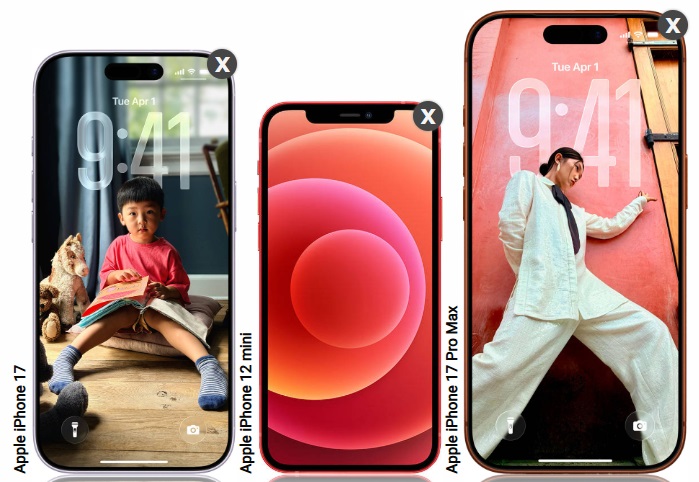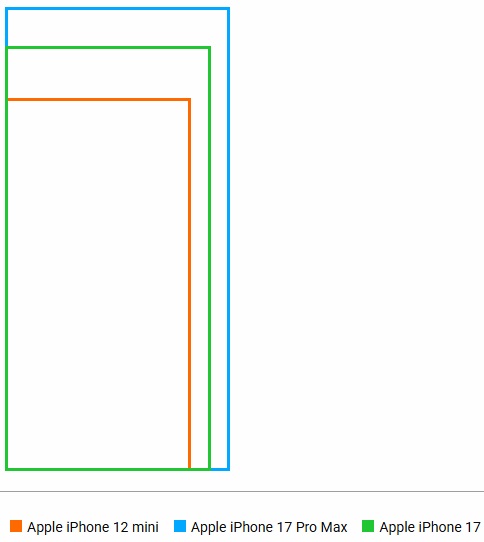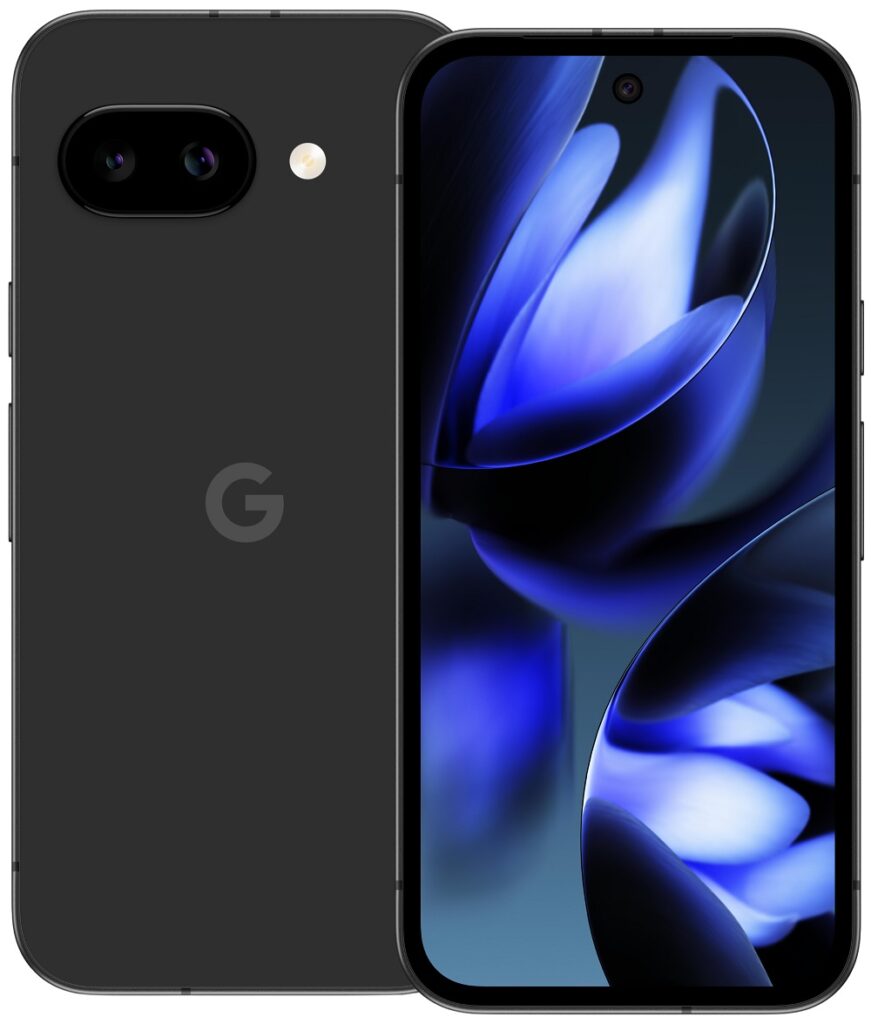I’ve been using the iPhone 12 Mini as my sole phone for about 2 weeks now. My original review of the phone is here. These are my thoughts and feelings on the phone after using it in the real world for a while.
With its new battery I’ve always made it through a full day, I think the lowest I’ve been by the time it goes on charge for the night was 19%. That’s lower than I’d ever normally go in one day on a standard sized phone with a 5000mAh battery, but this little phone only has a ~2200mAh battery so I think that’s perfectly acceptable.
I’ve also been using an Apple watch for the past week or so too, and have synced the phone up to my Mac Mini. Everything is fully up to date on the latest software versions, so I’m getting a fairly full experience of the modern Apple ecosystem.
I will say the ecosystem quality and integration is unmatched by any other company. The way the phone syncs back to my Mac relaying calls, messages, reminders and syncing files is seamless. It creates a local, encrypted backup of the phone every time I connect it which I really like and generally just feels very well thought out.
As Maroon 5 once said though, it’s not all “Rainbows and butterflies” with this setup:
I’m missing the USB-C port, and having to dig out my old lightning connectors and now having double the amount of cables everywhere is a negative side effect. I’m also unable to use my USB-C storage devices, and accessories.
I also have to admit that I’m no longer a spring chicken. While I appreciate the form factor of this device, loving how it feels in the hand and it’s dimensions and lack of weight make carrying the device a dream the size is a limiting factor. Apps and mobile versions of websites are no longer designed with sub 6″ displays in mind, and my eyesight is not what it once was. I’m finding myself holding the device closer and closer to my face while using it to be able to read clearly on it. A lot of apps and iOS have buttons to small and close together for me to accurately select them, a few times I’ve had to resort to prodding with my pinky finger to select what I need.
Finally I dearly miss having a proper file system, and being able to access that file system from another machine. I’ve grown accustomed to being able to move and save files wherever I want, and more recently I’ve been running an FTP server on my Android devices which allows for really fast file transfers between machines using WiFi rather than relying on slower USB standards. Having all this ripped away from me in favour of “iTunes sync” and “import photos” has not been pleasant. For years I have used Advanced File Renamer and Free File Sync to keep my photos and videos library syncronised and backed up to my backup storage.
Unfortunately I think this means that ultimately I was wrong. When I said Android is becoming iOS that wasn’t true. What’s happening is Android is locking itself down in an attempt to look more mature and appealing to investors. Make no mistake this is still bad for us consumers, but Android is still very different to iOS. Having MTP, OTG and a working file system still makes Android much more friendly to an enthusiast or power user than iOS. For me at least, this means I’m stuck with Android. Unless iOS loosens it’s grip on users and allows more access, which is unlikely as it may impede their “it just works” ethos I don’t think I’ll be able to comfortably integrate an iOS device into my life.
However, this doesn’t spell the end of the iPhone 12 Mini for me. I have zero intention of getting rid of this device. I’m still very fond of it for all the reasons I listed above. I will keep this as a secondary device, and I can always throw my SIM into it from time to time when I need a break from Android, and I’ll try out the iOS updates as they’re released as it seems this phone will get a couple more years of updates before it’s retired.



